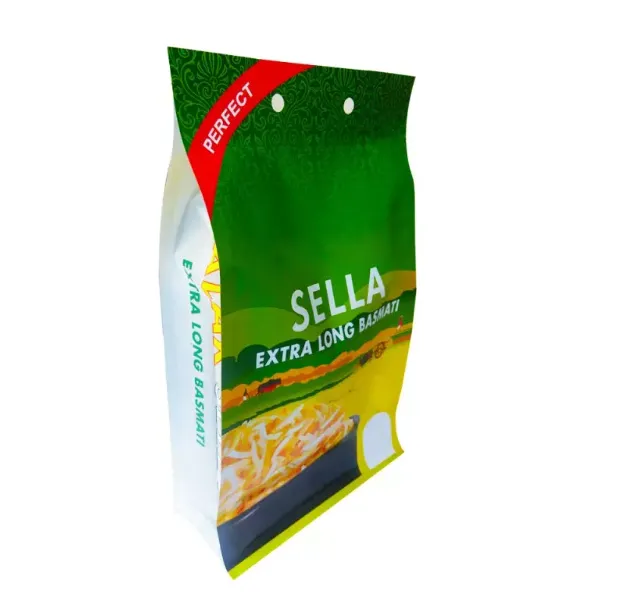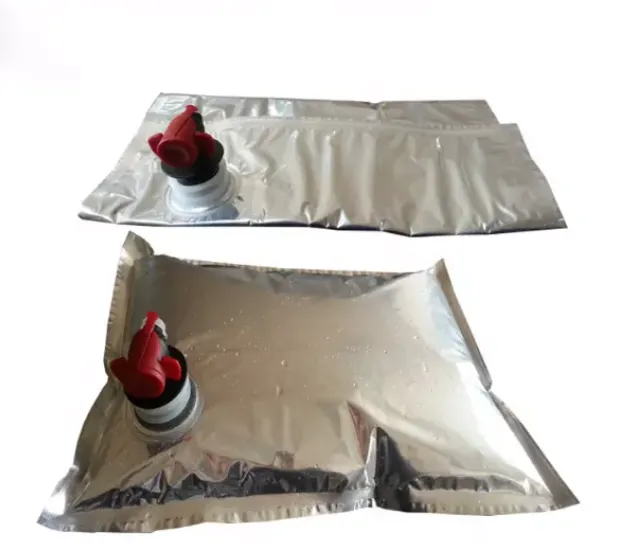- Afrikaans
- Albanian
- Amharic
- Arabic
- Armenian
- Azerbaijani
- Basque
- Belarusian
- Bengali
- Bosnian
- Bulgarian
- Catalan
- Cebuano
- chinese_simplified
- chinese_traditional
- Corsican
- Croatian
- Czech
- Danish
- Dutch
- English
- Esperanto
- Estonian
- Finnish
- French
- Frisian
- Galician
- Georgian
- German
- Greek
- Gujarati
- haitian_creole
- hausa
- hawaiian
- Hebrew
- Hindi
- Miao
- Hungarian
- Icelandic
- igbo
- Indonesian
- irish
- Italian
- Japanese
- Javanese
- Kannada
- kazakh
- Khmer
- Rwandese
- Korean
- Kurdish
- Kyrgyz
- Lao
- Latin
- Latvian
- Lithuanian
- Luxembourgish
- Macedonian
- Malgashi
- Malay
- Malayalam
- Maltese
- Maori
- Marathi
- Mongolian
- Myanmar
- Nepali
- Norwegian
- Norwegian
- Occitan
- Pashto
- Persian
- Polish
- Portuguese
- Punjabi
- Romanian
- Russian
- Samoan
- scottish-gaelic
- Serbian
- Sesotho
- Shona
- Sindhi
- Sinhala
- Slovak
- Slovenian
- Somali
- Spanish
- Sundanese
- Swahili
- Swedish
- Tagalog
- Tajik
- Tamil
- Tatar
- Telugu
- Thai
- Turkish
- Turkmen
- Ukrainian
- Urdu
- Uighur
- Uzbek
- Vietnamese
- Welsh
- Bantu
- Yiddish
- Yoruba
- Zulu
Eco Stand Up Pouches - Sustainable & Biodegradable Packaging
- The Growing Impact of Eco Stand Up Pouches in Sustainable Packaging
- Advanced Material Technology Behind Eco Friendly Stand Up Pouches
- Performance Comparison of Industry-Leading Eco Pouch Manufacturers
- Custom Engineering Solutions for Specialized Packaging Requirements
- Innovative Applications Across Consumer Goods Industries
- Environmental Metrics and Waste Reduction Statistics
- Implementing Stand Up Pouches Eco Friendly Practices

(eco stand up pouches)
The Growing Impact of Eco Stand Up Pouches in Sustainable Packaging
Consumer demand for sustainable packaging solutions has surged by 78% since 2020 according to McKinsey research. This shift positions eco stand up pouches
at the forefront of packaging innovation, combining functional excellence with environmental responsibility. These pouches reduce material usage by 35-50% compared to rigid containers while maintaining superior barrier properties against moisture, oxygen, and contaminants.
Modern production techniques allow for continuous improvement in recyclability. Current eco friendly stand up pouches incorporate:
- Post-consumer recycled (PCR) content up to 40%
- Plant-based biopolymer films derived from sugarcane
- Water-based inks and solvent-free adhesives
- Monolayer structures designed for single-material recycling streams
The lightweight design directly translates to transportation efficiency. Each truckload of stand up pouches eco friendly solutions carries 2.7 times more product volume than equivalent rigid packaging, significantly reducing carbon emissions per unit shipped.
Advanced Material Technology Behind Modern Packaging
Material innovation drives the evolution of sustainable packaging solutions. Leading manufacturers now utilize bio-based PE films derived from renewable sugarcane ethanol. These films maintain identical performance characteristics to petroleum-based alternatives while reducing carbon footprint by over 80%. The molecular structure provides exceptional puncture resistance at thicknesses as low as 70 microns.
Barrier technology represents another breakthrough. Instead of traditional aluminum foil layers, manufacturers now apply:
- Silicon oxide (SiOx) coatings creating impermeable nano-barriers
- EVOH copolymer layers for oxygen scavenging capabilities
- Hybrid ceramic-polymer composite films
These innovations extend product shelf life up to 18 months without compromising recyclability. Compatibility with existing polyolefin recycling streams ensures material recovery rates exceed 92% in regions with advanced waste management infrastructure.
Performance Comparison of Leading Industry Solutions
| Manufacturer | Recycled Content | Carbon Footprint | Moisture Barrier | Minimum Order | Lead Time |
|---|---|---|---|---|---|
| GreenPack Solutions | 35% PCR | 0.8 kg CO2e/kg | 0.2 g/m²/day | 5,000 units | 4 weeks |
| EcoFlex Packaging | 25% PCR | 1.2 kg CO2e/kg | 0.3 g/m²/day | 10,000 units | 6 weeks |
| SustainaPouch | 40% PCR | 0.6 kg CO2e/kg | 0.4 g/m²/day | 15,000 units | 5 weeks |
| EarthGuard Containers | 30% PCR | 1.1 kg CO2e/kg | 0.25 g/m²/day | 7,500 units | 3 weeks |
Independent laboratory testing shows significant performance variations between suppliers. Barrier properties particularly affect shelf stability of moisture-sensitive products like coffee and powdered supplements. Production flexibility differs substantially between manufacturers, with modern digital printing operations reducing setup time by 65% compared to conventional flexo printing.
Custom Engineering Solutions for Specialized Requirements
Advanced manufacturing capabilities enable customization across multiple parameters without compromising sustainability. Leading suppliers now offer:
- Size flexibility: From 50ml sample sachets to 5-liter industrial pouches with integrated handles
- Closure systems: Resealable zippers with 98% closure integrity after 100 open/close cycles
- Shape engineering: Asymmetric designs maximizing retail shelf impact
- Functional components: Built-in spouts, dispensing mechanisms, and tear-notches
Printed electronics represent the innovation frontier. Several manufacturers now integrate:
- Temperature-sensitive pigment indicators showing freshness status
- Conductive ink circuits tracking package handling conditions
- QR code integration connecting consumers to recycling instructions
These technological enhancements increase production costs by only 8-12% while adding significant consumer value.
Innovative Applications Driving Industry Adoption
Stand up pouches eco friendly designs now serve markets beyond traditional food packaging:
- Petrochemicals: Containment of industrial lubricants with 6-layer barrier structures
- Cosmetics: Airless dispensing systems preserving active ingredients in skincare products
- Pharmaceuticals: Child-resistant closures meeting ISO 8317 certification standards
- Agriculture
Notable implementation success includes Nature's Blend organic foods, which documented:
- 34% reduction in packaging material costs
- 42% decrease in warehouse space requirements
- 27% sales increase attributed to enhanced shelf visibility
- Customer complaints about damaged goods reduced by 91%
These metrics demonstrate how functional improvements compound sustainability benefits throughout the supply chain.
Measurable Environmental Benefits and Impact
Comprehensive lifecycle analyses reveal compelling advantages. Production of stand up pouches eco friendly designs requires:
- 64% less energy than equivalent glass container production
- 79% less water than aluminum can manufacturing
- 90% reduced transportation emissions compared to rigid plastic alternatives
Waste diversion statistics demonstrate significant environmental progress:
- Material-to-product ratio improved from 1:10 (traditional packaging) to 1:35
- Landfill contributions reduced by up to 82% across multiple product categories
- Mono-material designs achieving 94% recyclability in closed-loop systems
Independent studies calculated a net carbon reduction of 54,000 metric tons annually among early adopters switching to premium eco stand up pouches.
Implementing Stand Up Pouches Eco Friendly Solutions
Successful transition to eco friendly stand up pouches requires strategic implementation. Industry leaders recommend conducting comprehensive material compatibility testing for each packaged product. Accelerated shelf-life studies typically require 10-12 weeks but prevent costly distribution failures. Migration testing remains essential for products with high oil content or acidic formulations.
Optimize the filling process by addressing:
- Vertical form-fill-seal machine settings adjustments
- Gas flushing parameters for modified atmosphere packaging
- Flow characteristics of viscous products like nut butters and cosmetics
Major retailers increasingly prioritize suppliers using certified sustainable packaging. Obtaining ISO 18606 or similar certifications provides market access advantages. Third-party validation guarantees the authenticity of environmental claims, with transparency becoming a significant competitive advantage in the $22.3 billion sustainable packaging market.

(eco stand up pouches)
FAQS on eco stand up pouches
Q: What are eco stand up pouches?
A: Eco stand up pouches are sustainable packaging solutions made from recyclable or biodegradable materials. They offer the same durability and shelf appeal as traditional pouches while reducing environmental impact. Ideal for food, pet care, and cosmetics industries.
Q: Why choose eco-friendly stand up pouches?
A: They significantly lower carbon footprint through reduced plastic usage and waste. These pouches often incorporate materials like plant-based films or recycled content. Brands benefit from meeting consumer demand for green alternatives.
Q: What materials are used in stand up pouches eco friendly versions?
A: Common materials include post-consumer recycled (PCR) plastics, compostable biopolymers, and kraft paper hybrids. Barrier layers ensure product freshness while maintaining recyclability. Many are certified by standards like BPI or FSC.
Q: How do eco stand up pouches enhance product shelf life?
A: They use specialized eco-barriers that block oxygen, moisture, and UV light without harmful chemicals. Resealable zippers maintain freshness after opening. Lightweight yet robust layers protect contents during transport and display.
Q: Are stand up pouches eco friendly actually recyclable?
A: Yes, most modern versions use mono-materials like recyclable polyethylene (PE) or PP for easy processing. Always check local guidelines as recycling capabilities vary. Compostable options break down in industrial facilities.













